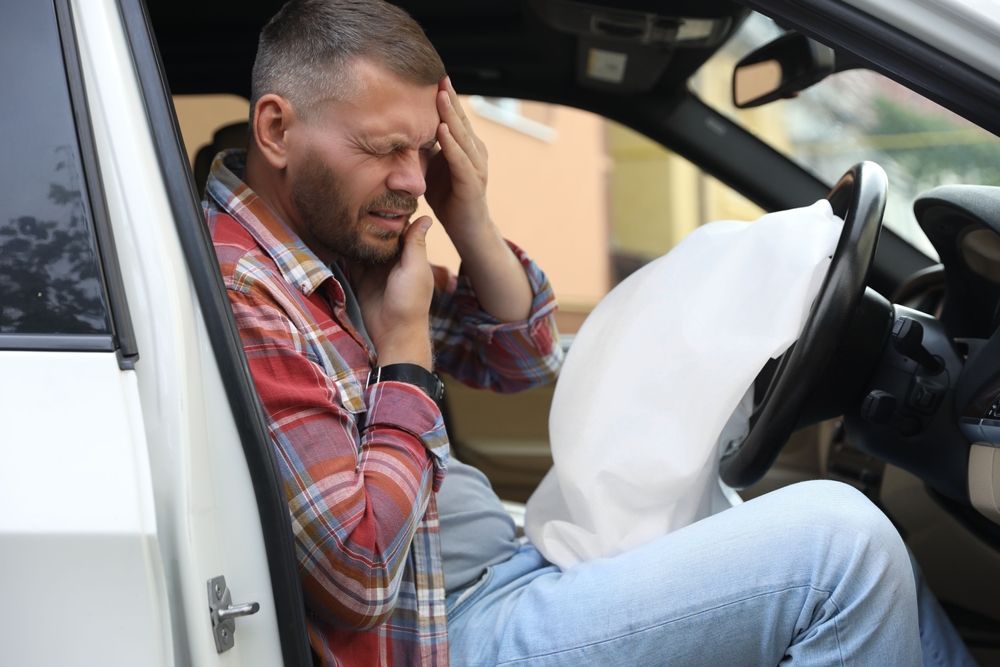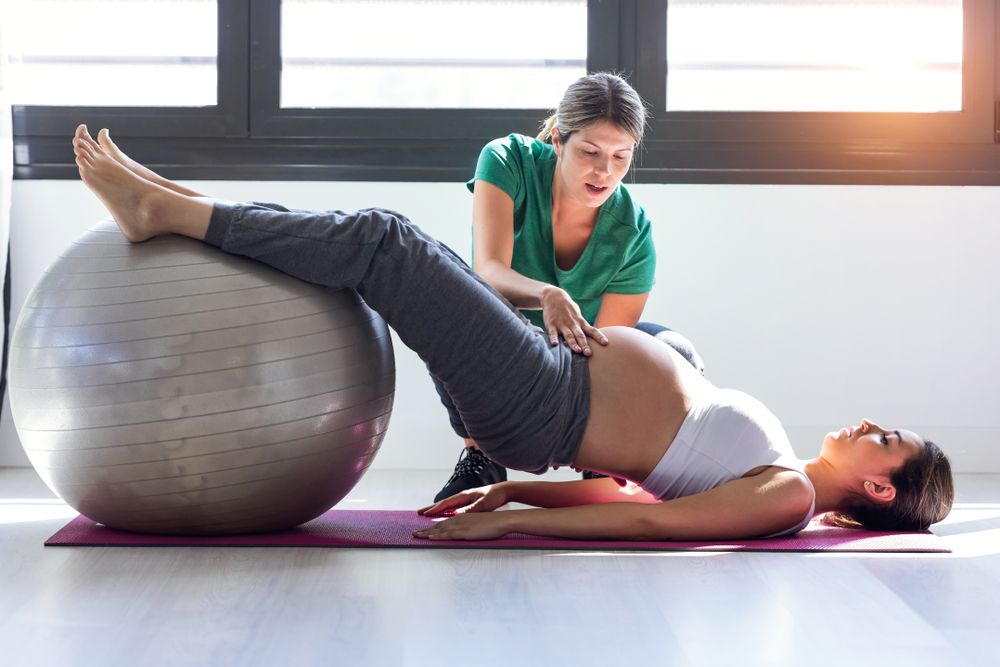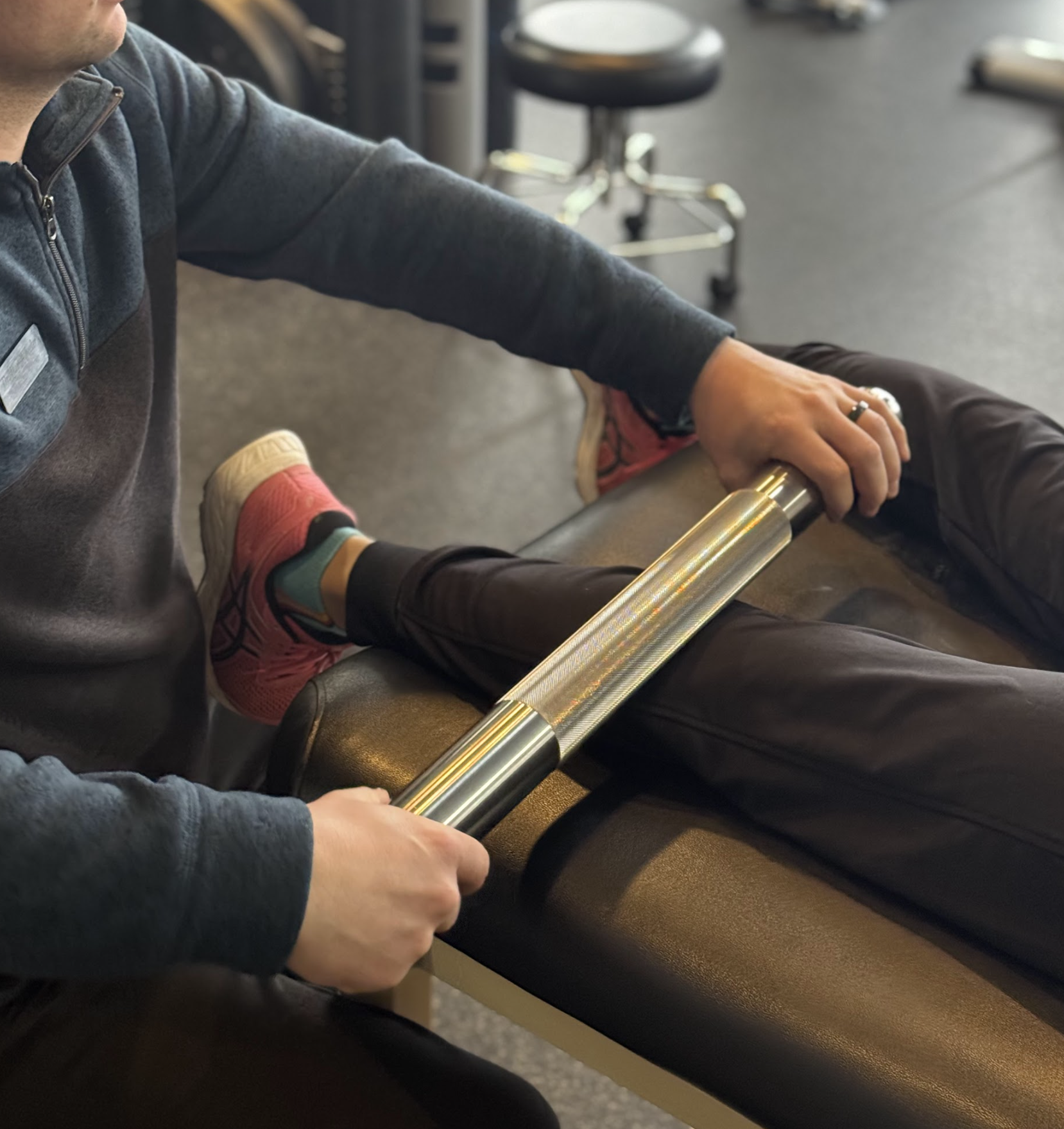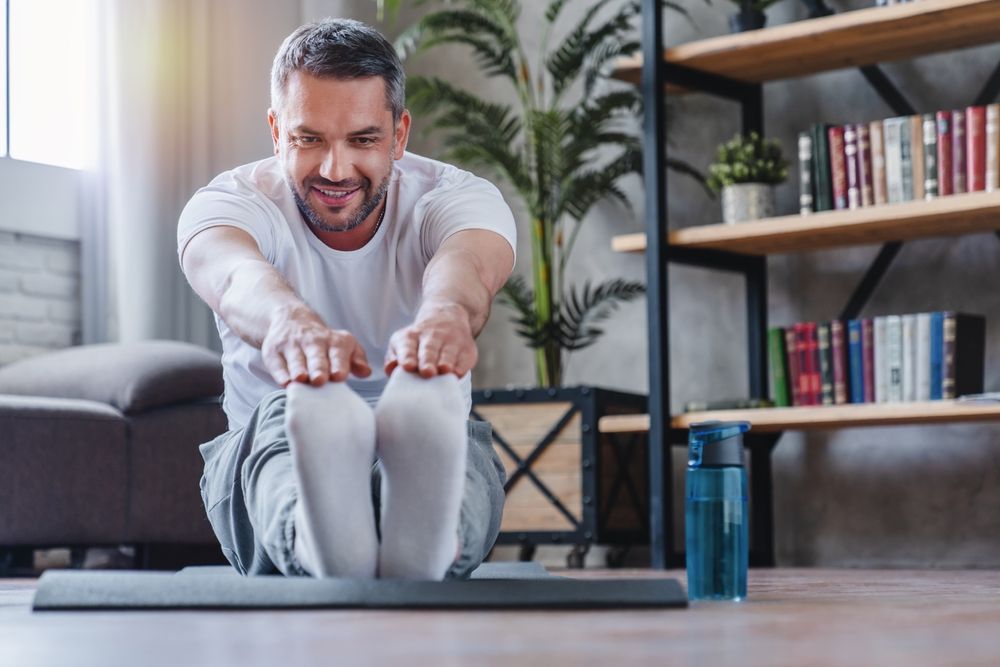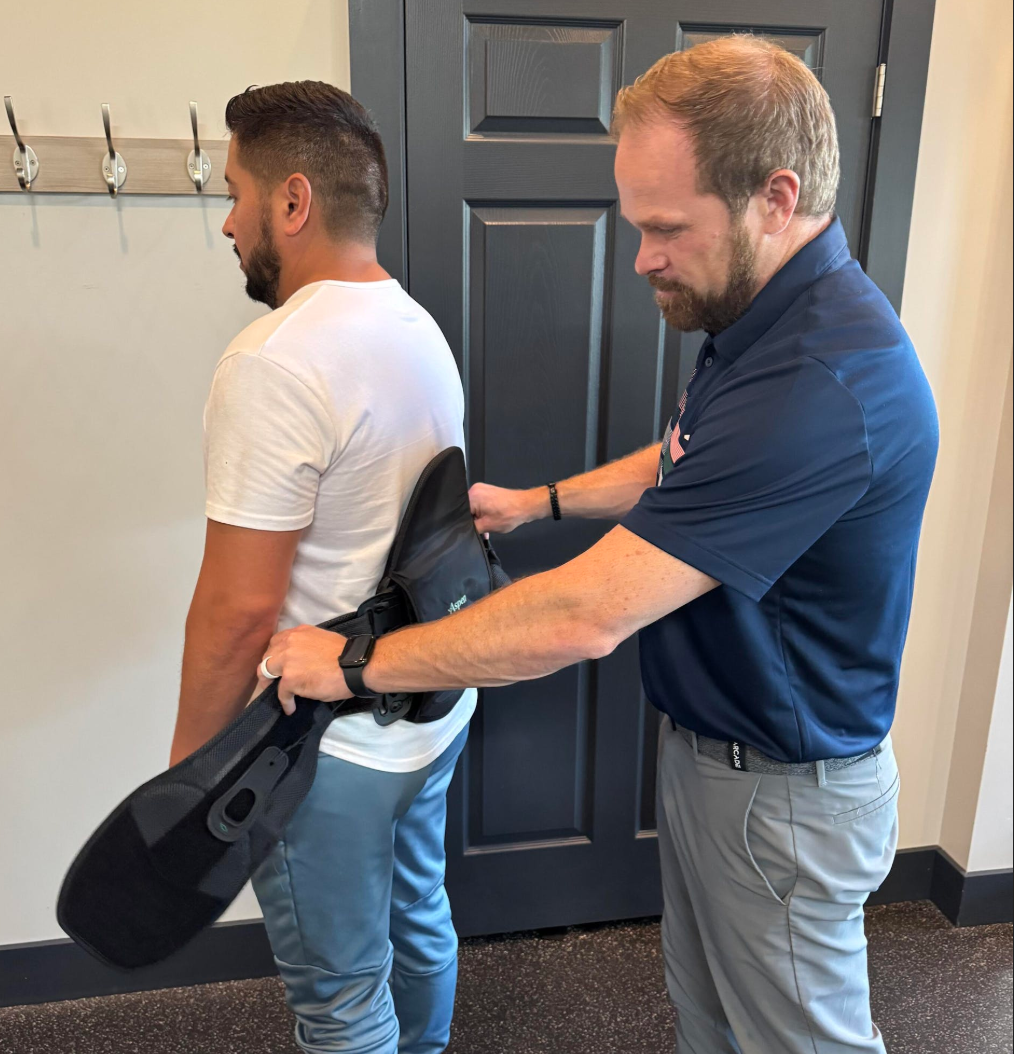Share this article:
Yard work can be surprisingly tough on the body. Raking, digging, planting, and hauling bags of soil or mulch all involve bending, lifting, and repetitive motion. Without the right preparation and technique, these activities can lead to stiffness or even injury. For many, back pain from gardening is a common complaint, but it doesn't have to be part of the routine.
Warm Up Before You Start
Yard work uses many of the same muscle groups as a workout, so it makes sense to prepare your body the same way. Spend five to ten minutes doing light movements like arm circles, shoulder rolls, walking lunges, or gentle torso twists. These actions increase blood flow, loosen tight muscles, and improve joint mobility.
Warming up reduces the risk of strain, especially in the lower back, which often takes on the brunt of the effort when gardening.
Use Proper Lifting Techniques
Lifting bags of mulch, soil, or heavy pots the wrong way is a common source of back pain from gardening. Always bend at your hips and knees, not your waist, and keep your back straight. Hold the object close to your body and engage your core as you lift. Avoid twisting while carrying or putting items down.
If something feels too heavy, divide the load or use a cart. Lifting safely helps protect your spine throughout the day.
Choose the Right Tools for the Job
Using tools that fit your body and the task at hand can prevent unnecessary strain. Look for long-handled options that reduce the need to bend or reach. Padded, ergonomic grips can also help minimize stress on your hands, shoulders, and back.
If you’ll be kneeling, use a cushion or garden kneeler to protect your joints and reduce pressure on the spine. The right equipment makes yard work more efficient and less taxing on your body.
Take Breaks and Listen to Your Body
It’s easy to lose track of time when you're focused on a project, but overdoing it is a common cause of back pain from gardening. Set a timer as a reminder to pause every 30 to 45 minutes. Use the break to stand up straight, stretch, or walk around briefly.
Pay attention to early signs of fatigue or discomfort. Soreness often builds gradually, and stopping early can prevent a minor ache from turning into something more persistent.
Consider a Back Brace for Extra Support
For individuals with a history of back issues or those taking on more strenuous yard work, a back brace can offer additional support and help prevent injury. A properly fitted back brace provides gentle compression and encourages better posture while lifting, bending, or working in awkward positions. It acts as a reminder to use safe body mechanics and helps stabilize your core and spine during physically demanding tasks.
However, not all braces are created equal. An ill-fitting or overly rigid brace can actually do more harm than good, which is why professional guidance is key. At Advanced Physical Medicine of St. Charles, our team can assess your needs, show you how to wear your own brace properly or provide a more custom-fit brace tailored to your body and activity level. Many patients are surprised to learn that braces can often be ordered and covered through insurance, making it a convenient and affordable option.
Taking care of your yard shouldn't come at the cost of your back. If gardening leaves you feeling stiff or sore, the team at Advanced Physical Medicine of St. Charles can help. We provide expert care and personalized strategies to keep you active, comfortable, and doing what you enjoy.
Experience the difference at Advanced Physical Medicine of St. Charles.
Connect with Us:





